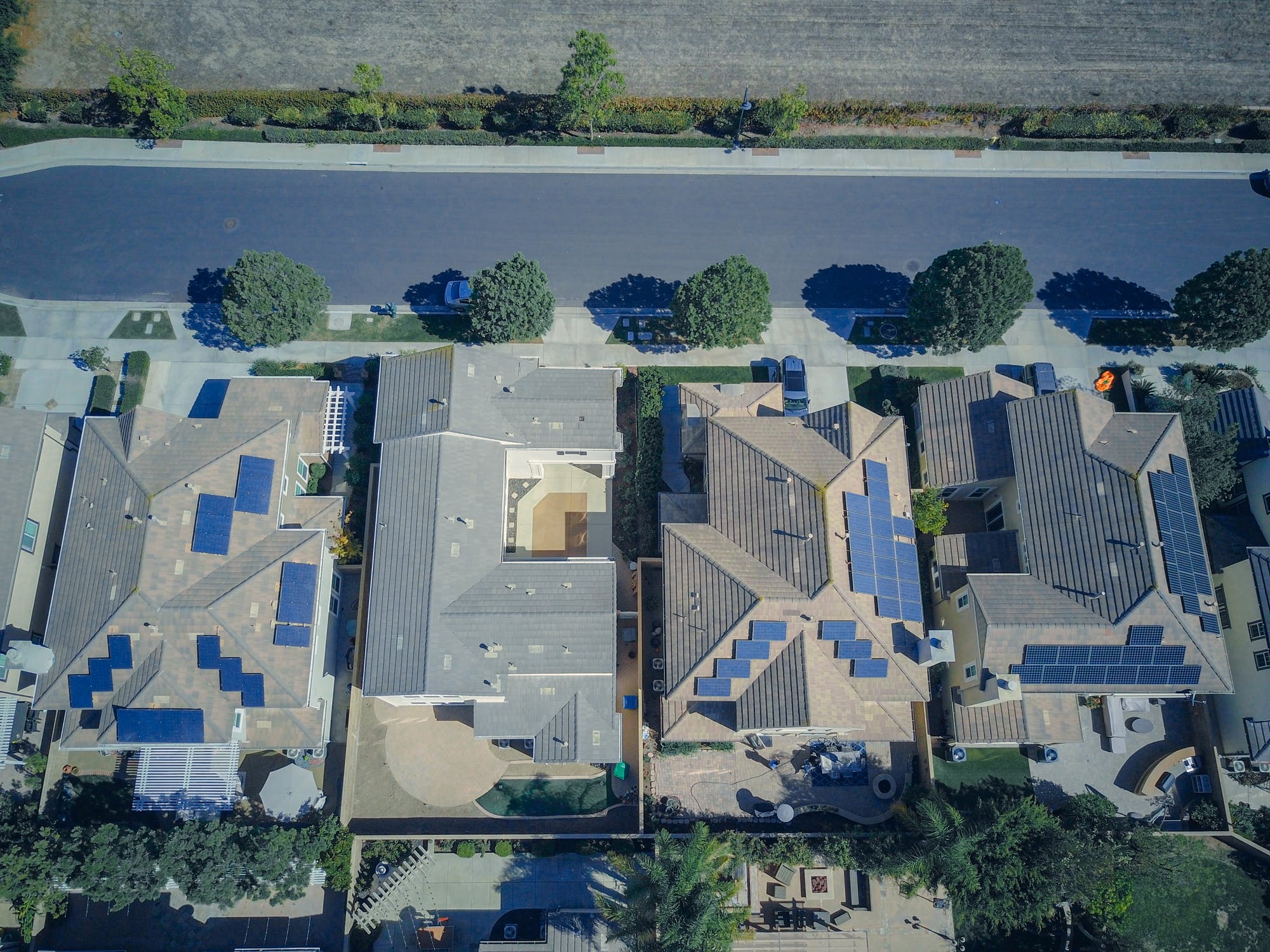Guaranteeing continuity of service and maintaining grid stability has become more difficult with each subsequent year due to rising world temperatures due to climate change. To meet global decarbonization efforts, utilities have instituted programs ranging from demand response to various distributed energy resource (DER) initiatives. These programs are designed to both conserve power and minimize carbon emissions by turning to consumers and a burgeoning prosumer base alike to find efficient, accessible solutions to their technological and environmental challenges. Utility incentive programs are designed to develop these efforts by stimulating customer enrollment and participation, which can lead to greater programmatic successes, customer satisfaction, and financial savings for everyone involved.
Too Big To Fail
Coined in 1984, the term “too big to fail” was initially applied to the failure of the Continental Illinois National Bank and Trust Company; it was less about the collapse of any single institution, but the impact of that disruption on the greater community. That idiom has come to mean any institution that would disrupt the economy and the community, from banks to hospitals and certainly to utility providers.
As a regulated industry, utilities are faced with the unique dilemma of managing a tight budget, while maintaining continual grid balance. Because of that, utilities are reasonably slow to institute new projects, whether that’s a utility incentive program or building a new power plant. While that risk aversion is understandable, there are low-access, efficient ways to engage customers to participate and enroll, benefiting both customers and the utility alike.
The Psychology of Incentives
Taken as a whole, incentives are designed to motivate specific behaviors in a target demographic. Psychologically speaking, incentives peak interest, encourage customer involvement, and, perhaps most importantly, shift habits and culture. Utility incentive programs were designed with this in mind, to encourage the customer enrollment and participation needed to realize whatever goals were established for the initiative. By encouraging habits and building a culture, utility incentive programs offer energy providers an opportunity to not only engage with their customers but to foster familiarity and acceptance of new energy initiatives.
Types of Incentives
There are many types of incentives available to utility customers designed to encourage customer involvement. Common examples of these incentives include:
- Device rebates – This is typically an incentive but often accompanies other, long-term incentive measures. Device rebates are relative to the program and may be part of a joint effort with OEMs.
- Financial incentives – this can manifest as a direct payment or a billing credit that appears on customer statements.
- Time-of-Use rates – In this case, time-of-use rates are more of a disincentive to curb use during peak times of usage. Often, time-of-use rates during peak hours peak, meaning that ratepayers pay more during that time frame.
Now that we know what kind of incentives might motivate target behaviors, let’s take a look at how these utility incentive programs can benefit any utility operation.
Energy Efficiency Programs
In 2020, the American Council for an Energy-Efficient Economy (ACEEE) released a report showing that U.S. utilities had boosted their annual savings by 20% since 2017. Those savings are measured by watts saved, which in this case amounted to 20TWh of electricity, or enough to power 1.8 million homes. These savings represent not only significant financial savings but a net decrease in potential carbon emissions to the community.
Furthermore, under the Clean Air Act, the EPA in the U.S. has the authority to monitor and regulate the greenhouse gas emissions associated with the coal-powered plants that comprise 63% of U.S. electric generation. By instituting energy efficiency programs, utility companies can save money in resources, avoid potential fines, and help the environment. Let’s take a closer look at a few of the most common utility incentive programs.
Demand Response
For decades, demand response has served as a tried and true conservation program that continues to save utilities in resources and emissions. The demand response market is booming, with an anticipated $1.71b in revenue generated between 2021-2025. In terms of utility incentive programs, demand response is among the most common. For this article, all demand response programs are, in one way or another, utility incentive programs; sometimes the incentives are credits either applied to a customer’s bill or remitted as a check, while other incentives involve rebates or time-of-use rates to encourage collaboration.
In any case, demand response programs are a growing market, time-tested, and effective as a conservation strategy. Demand response programs will continue to offer value to both utility companies and consumers, especially as the industry pivots to hit global decarbonization targets.
DER Programs
By contrast, the distributed energy resources (DERs) market is projected to reach $182.96b by 2028. Distributed energy resources include rooftop photovoltaic solar panels, battery storage, EV charging stations, wind power, and more. DERs represent a shift in the existing utility industry paradigm, as customers and prosumers alike gain increasing access to personal renewable energy sources, decentralizing power generation away from utility companies.
– Amber Mullaney, VP of Marketing, Virtual Peaker
As a utility incentive program, DERs offer a promising opportunity to energy providers seeking to minimize their carbon emissions while ensuring continued service. For example, virtual power plants, a union of otherwise personal DER devices, can serve as a short-term peaker plant, cutting waste and money.
Digital Incentive Processing
Irrespective of whatever incentive type a utility uses, incentive processing can be expensive, resource-intensive, and, potentially, inefficient. Fortunately, there are enhanced digital incentive processing solutions that minimize cost, enhance the speed of service, and mitigate the potential for fraud or unwieldy bookkeeping. Once customers are enrolled and participate in a utility incentive program, digital incentive processing tools are excellent tools to enhance your customer engagement experience which can increase customer satisfaction and, potentially, consumer spending.
Utility Incentive Programs Conclusion
Utility incentive programs cover everything from DER technology initiatives to demand response, although research indicates that combining these programs can produce multiple benefits. With the potential for increased revenues streams and lowered emissions, utility incentive programs have much to offer. Using the right distributed energy resource management system (DERMS), utilities have an opportunity to build their programs utilizing SaaS-based software tools that allow for small, scalable initiatives to meet immediate needs.






